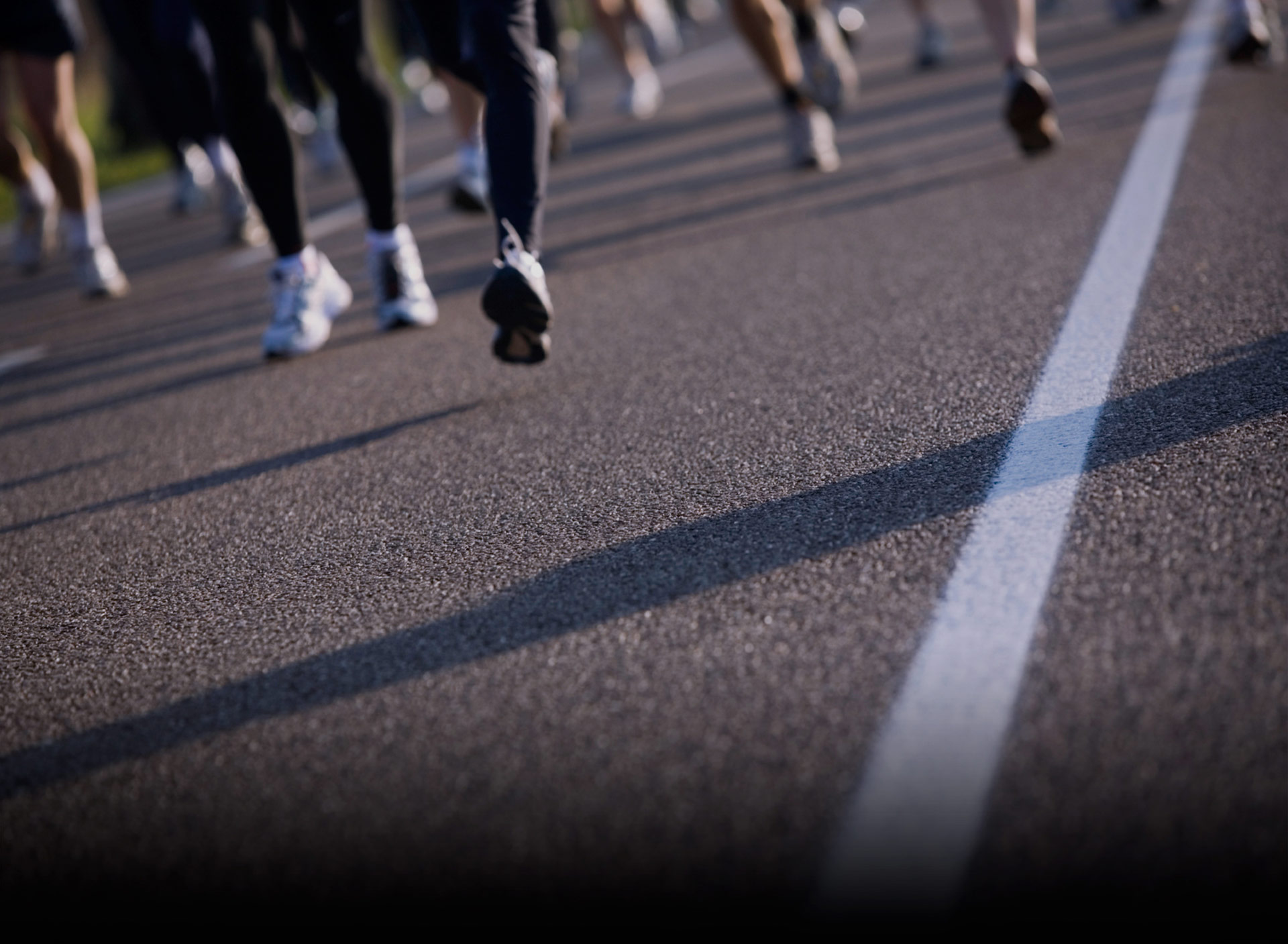New Era of Running Shoes
Carbon-plated shoes are on the rise in distance running. The recent global road race saw over 90% of the athletes wearing them.
The most controversial topic of the last two years in athletics has been a special agenda item following Eliud Kipchoge’s sub-2 hour marathon performance in a special event in Vienna in October 2019. It was claimed that the Nike Alphafly prototype worn by Kipchoge was a violation to the World Athletics rule providing that “shoes must not be constructed so as to give athletes any unfair assistance or advantage”. In January 2019, World Athletics amended its rules to limit the number of “rigid plate or blades”, allowing the soles up to a maximum thickness of 40mm in road events and 25mm for distance races on track.
First used by Reebok in 1990s, and even though the lightest running shoe to date was launched, carbon fiber could not find a permanent place on the production line those years due to its high cost. Adidas introduced a carbon-plated shoe during the same period, however, that shoe lasted in only one year as its forefoot was too stiff and required too much force to run. Shoes with carbon plates were not used in a way that made a real difference until 2008 when Adidas developed the Adizero Adios, special to marathon star Haile Gebrselassie, and contributed to the Ethiopian’s world record of 2:03:59 in the 2008 Berlin Marathon. Adidas Adios series remained the first choice of both the elite athletes and the recreational runners who targeted faster times until 2016. From 2016 on, Nike started working on a shoe for its rising star Eliud Kipchoge. The efforts paid off when Kipchoge broke the world marathon record by 2:01:39 in 2018 in Berlin wearing Vaporfly4% shoes. As the carbon-plated shoes have been dominating the market, other world leading manufacturers had to adapt to the trend. In 2019 and 2020, world records in men’s and women’s 5km, 10km, half marathon, 1 hour races were lowered in the new type shoes.
At the World Half Marathon Championships in the Polish city Gdynia on 17 October 2020, 108 athletes out of the 117 finishers in the men’s race wore shoes with carbon plates. According to the information published by the Frenchman Vincent Guyot, “Nike Vaporfly Next%” was the most preferred shoe, worn by 50 competitors including the gold medallist Jacob Kiplimo of Uganda. The carbon-plated shoes and the number of male finishers wearing them on their feet are as follows: Nike ZoomX Vaporfly Next% (50 athletes), Nike Air Zoom Alphafly Next% (25 athletes), Adidas Adizero Adios Pro (14 athletes), Nike Zoom Vaporfly 4% Flyknit (7 athletes), Asics Metaracer (6 athletes), New Balance Fuelcell RC Elite (2 athletes), Saucony Endorphin Pro (2 athletes), New Balance Fuelcell TC (1 athlete), Brooks Hyperion Elite 2 (1 athlete). Each of the following shoes without carbon plates were worn by one athlete: Adidas Adizero RC 2.0, Adidas Adizero Adios 2, Adidas Adizero Boston 8, Adidas Adizero Takumi Sen 5, Mizuno Duel Sonic, New Balance Fuelcell Prism, Nike Zoom Pegasus Turbo 2, Nike Zoom Gravity and an Asics prototype.
Whilst we enter a new era of running shoes, World Athletics strives to keep up to the technological innovations. The international governing body for athletics established a Working Group on Athletics Shoes on 15 July 2020. The Working Group will review the rules in collaboration with the manufacturers by the end of the year, and it is expected to advise further amendments.












